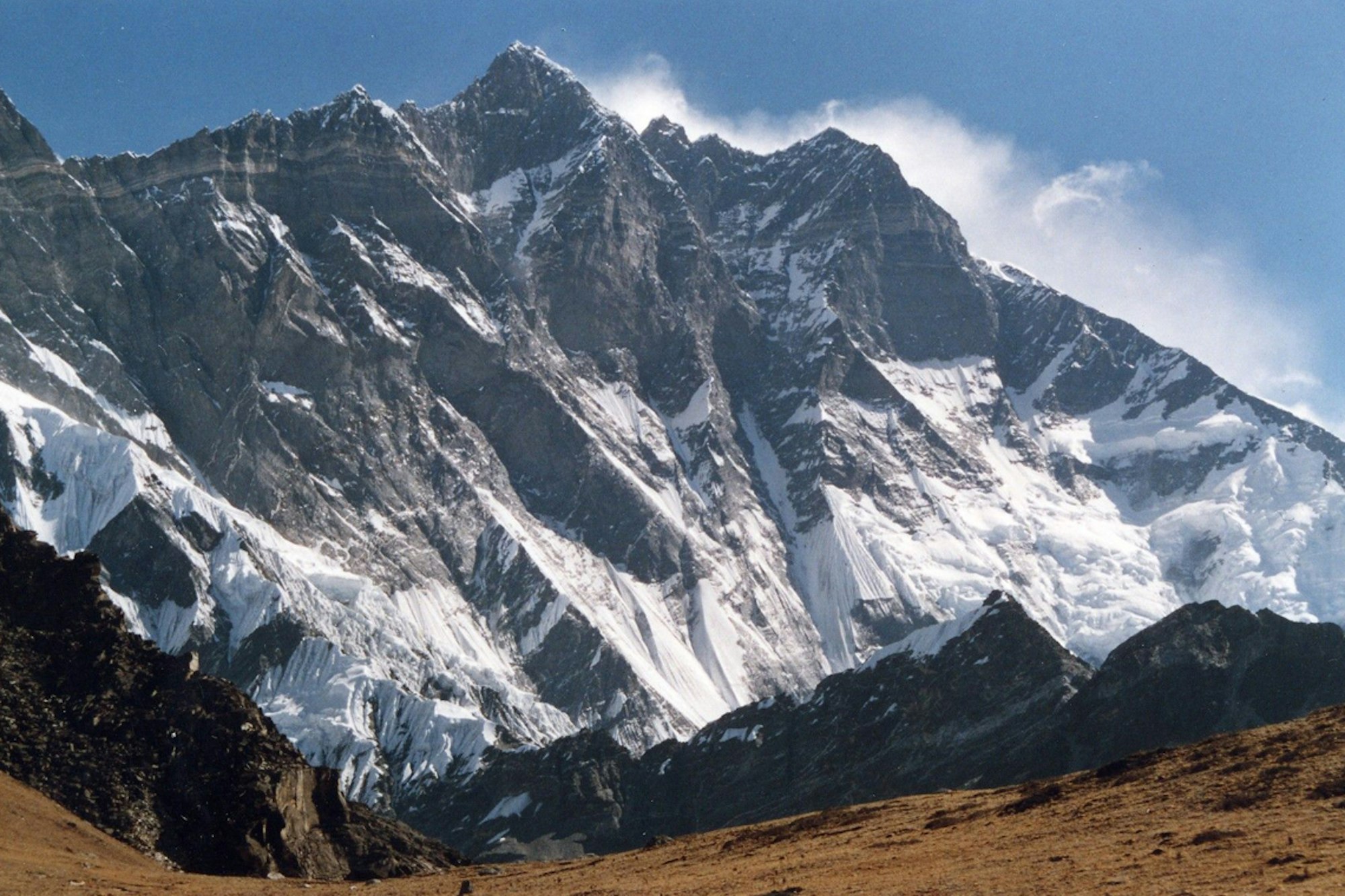Featured Image: Uwe Gille/Wikipedia Creative Commons
In 2015, Adrian Ballinger, Emily Harrington, Hilaree Nelson and Jim Morrison attempted to ski from the summit of Makalu, the fifth tallest mountain in the world, located near Mount Everest on the Nepal/China border. Due to avalanche danger and uncooperative weather conditions, the expedition team were forced to retreat from the mission. The group left base camp via helicopter, flying by the mountains of the Himalaya—the “roof of the world,” as it’s described—including Lhotse, standing mighty at 27,940 feet above sea level. On the flight, the group made a pact that if they were to ever attempt to ski another peak in this region, it would be Lhotse and it would be together as a team.
Fast forward three years and Adrian Ballinger has summited Everest twice, once without supplemental oxygen; Emily Harrington has “free climbed,” i.e. sans safety equipment, “Solar Flare,” one of the most challenging ascents in California’s High Sierra, along with a handful of other routes; and life partners Jim Morrison and Hilaree Nelson have added to their lengthy list of ski mountaineering adventures including a successful summit and ski of Alaska’s Mt. Denali, the highest mountain in North America, and a daring ski descent from top of the 21,165-foot Papsura Peak in the Himachal Pradesh region of the Indian Himalayas.
The group is now ready to tackle the “Dream Line” on Lhotse: a straight, uninterrupted 6,000-foot couloir running the entire length of the mountain. In late August, Ballinger, Harrington, Nelson and Morrison will head to Nepal and spend nearly a month in total trekking, camping, acclimatizing and attempting to ski from Lhotse’s summit—a feat yet unachieved. We caught up with Ballinger and Harrington last week to get the lowdown on the upcoming expedition, to find out the gear they’ll be using on the descent, what they’re most concerned about (it surely isn’t the nearly 50-degree slope) and to learn how, exactly, all four mountaineers plan to click into pair of skis at nearly 28,000 feet and carve turns the entire way down the mountain.
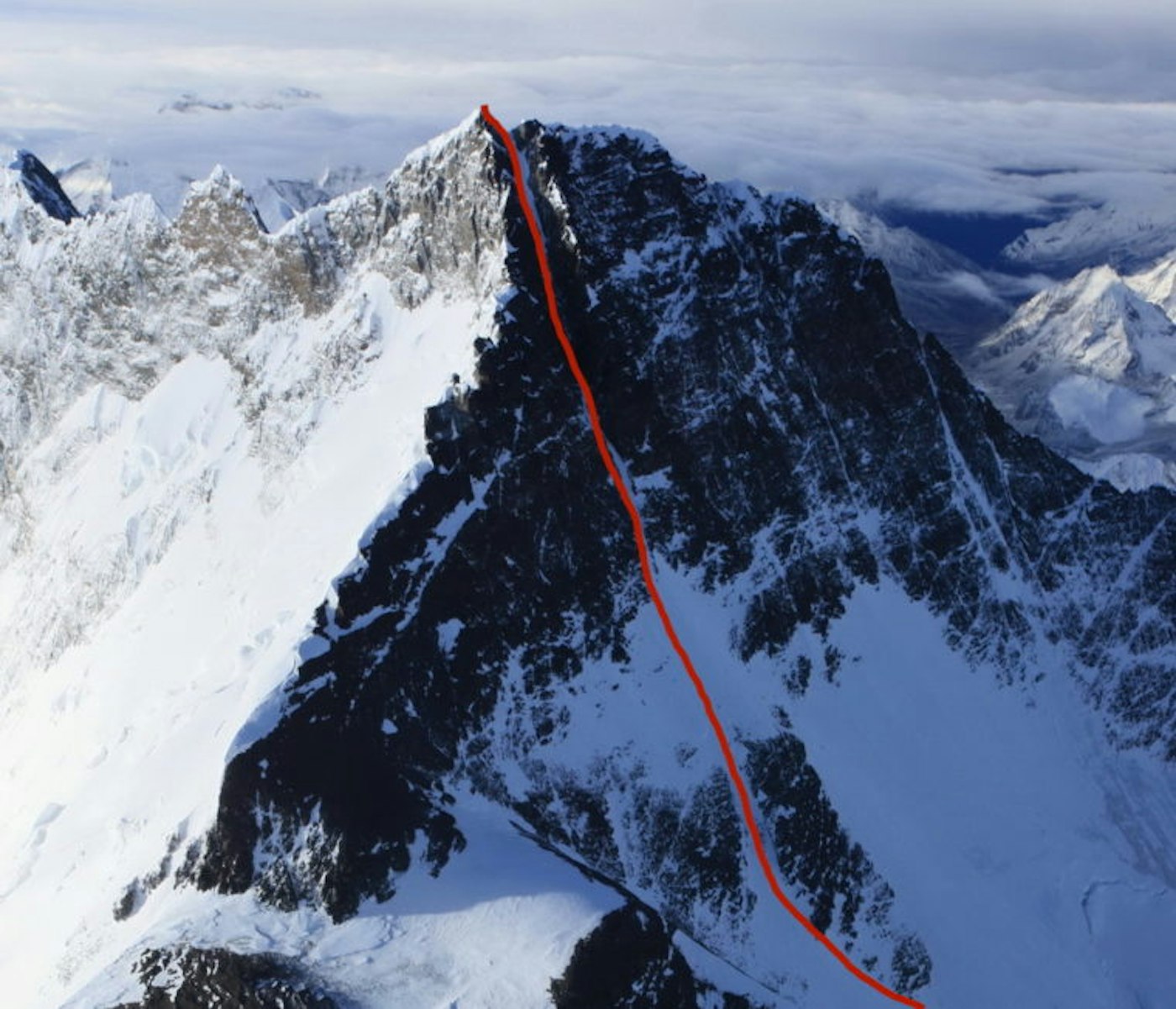
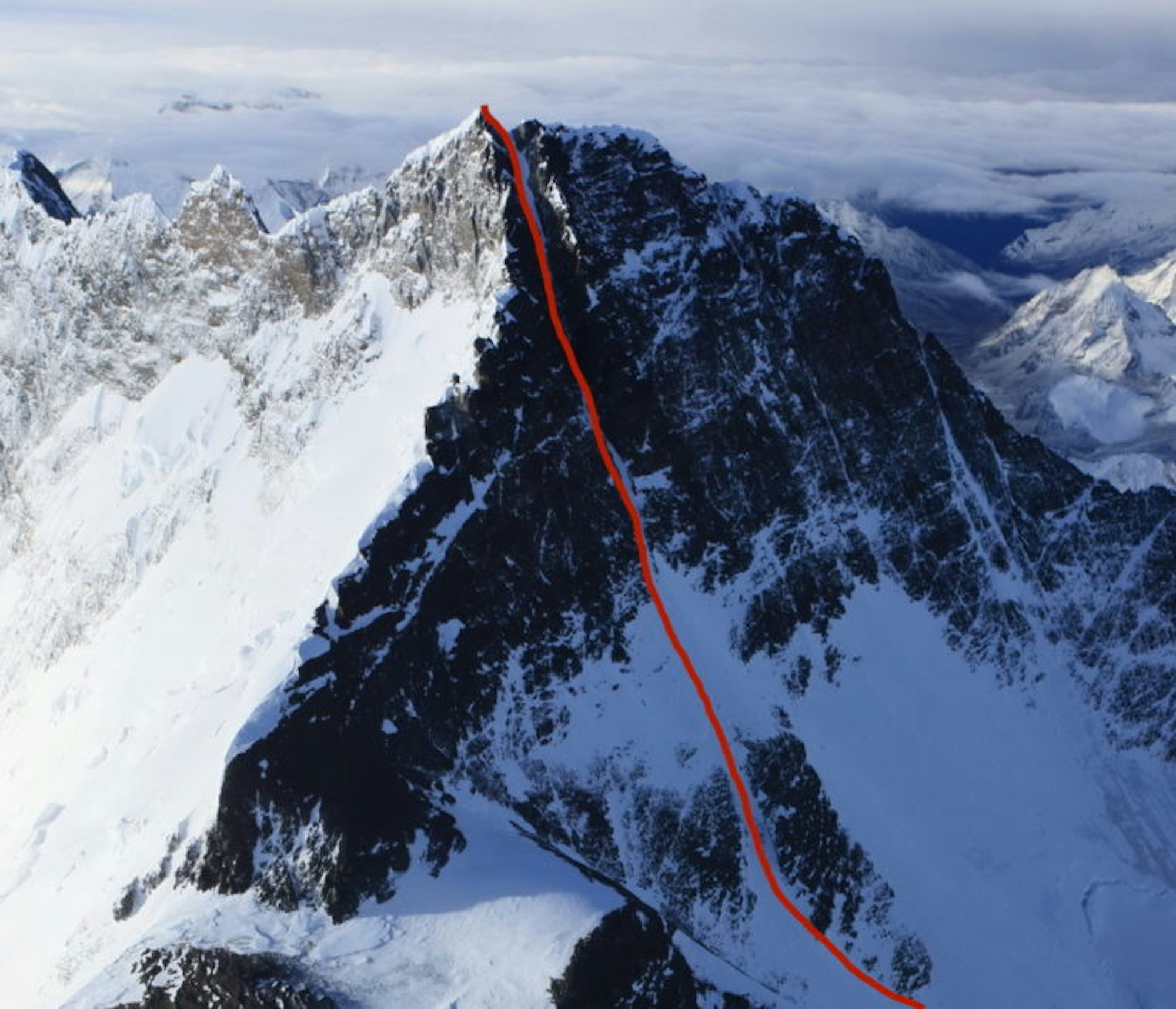
The “Dream Line” on Lhotse. PHOTO: courtesy of Alan Arnette
Coming on the heels of the Polish skier, Andrzej Bargiel, who skied K2 from the summit, your expedition seems like it could check off another bucket list item for ski mountaineers around the world.
BALLINGER: I’m psyched you brought up K2 and Andrzej–that’s amazing. What he did on K2 really felt like the next level in high altitude expedition ski mountaineering. Of the five tallest, 8,000 meter [26,000-foot-plus] peaks, only Everest had been skied and snowboarded at this point. Ski mountaineers have been looking at and trying to ski the other four (K2, Lhotse, Makalu and Kangchenjunga), but everyone has been unsuccessful. To see one go down this season and for it to be done in such an impressive style, and for it to be K2, it’s amazing.
Does it amp you guys up to see that success so close to your own expedition?
HARRINGTON: It definitely sparks the excitement for us. K2 has been attempted a few times, unsuccessfully. [Seeing this achievement] helps our confidence in a way.
BALLINGER: So much of these really big peaks getting skied comes down to things falling in just the right way, so there is a big aspect of luck. That’s always what’s super unknown going in—you can be a great skier, you can know that you climb really strong at altitude, but you still need weather and conditions to work and a team that is healthy together. For this descent of K2, everything fell right [in place] and it shows that it is possible. The weather just looked incredible—I saw a photo of [Andrzej] on the summit drinking a Red Bull with his gloves off—that’s just insane, man! That makes me hope we can get lucky with all the right conditions.
Going back to the start, how did the idea to ski the “Dream Line” on Lhotse come about?
HARRINGTON: I think everyone who skis, who has seen a photo or even been [to Everest] and seen the Lhotse Couloir—it looks like an obvious line to ski, the most obvious one. Adrian, Jim Morrison, Hilaree Nelson and I attempted to climb and ski Makalu, the fifth tallest mountain in the world, in 2015 and that’s really where the idea started to come together. I know Adrian and Hilaree had both attempted to ski Lhotse before and failed because of conditions. That fall that we spent on Makalu together was really the time when we decided that we would go back to Lhotse together with the same team. It’s the “Dream Line” for all of us.
BALLINGER: I think the wild thing about the Lhotse Couloir, the line we’re hoping to ski, is, basically, anyone who has ever been on Everest has spent the two months staring at this couloir across the saddle of the South Col. That’s how it has settled into people’s minds and a lot of people who have talked about skiing it first climbed Everest and looked over at it and got excited. That was totally true for Hilaree and myself. In 2015, we actually [experienced] a pretty big avalanche and backed off [Makalu] at that point. We came off and it was kind of a worst case scenario for the ending of a trip, without having some really serious injury or fatality or something. The four of us just had so much fun, we left that mountain so stoked. As we were helicoptering out, we passed Lhotse. We couldn’t see the couloir, but we could see the mountain; that very moment on that helicopter we made this pact that if any of us ever went back to try and ski another 8,000-meter peak, it would be Lhotse and it would be together as the four of us.
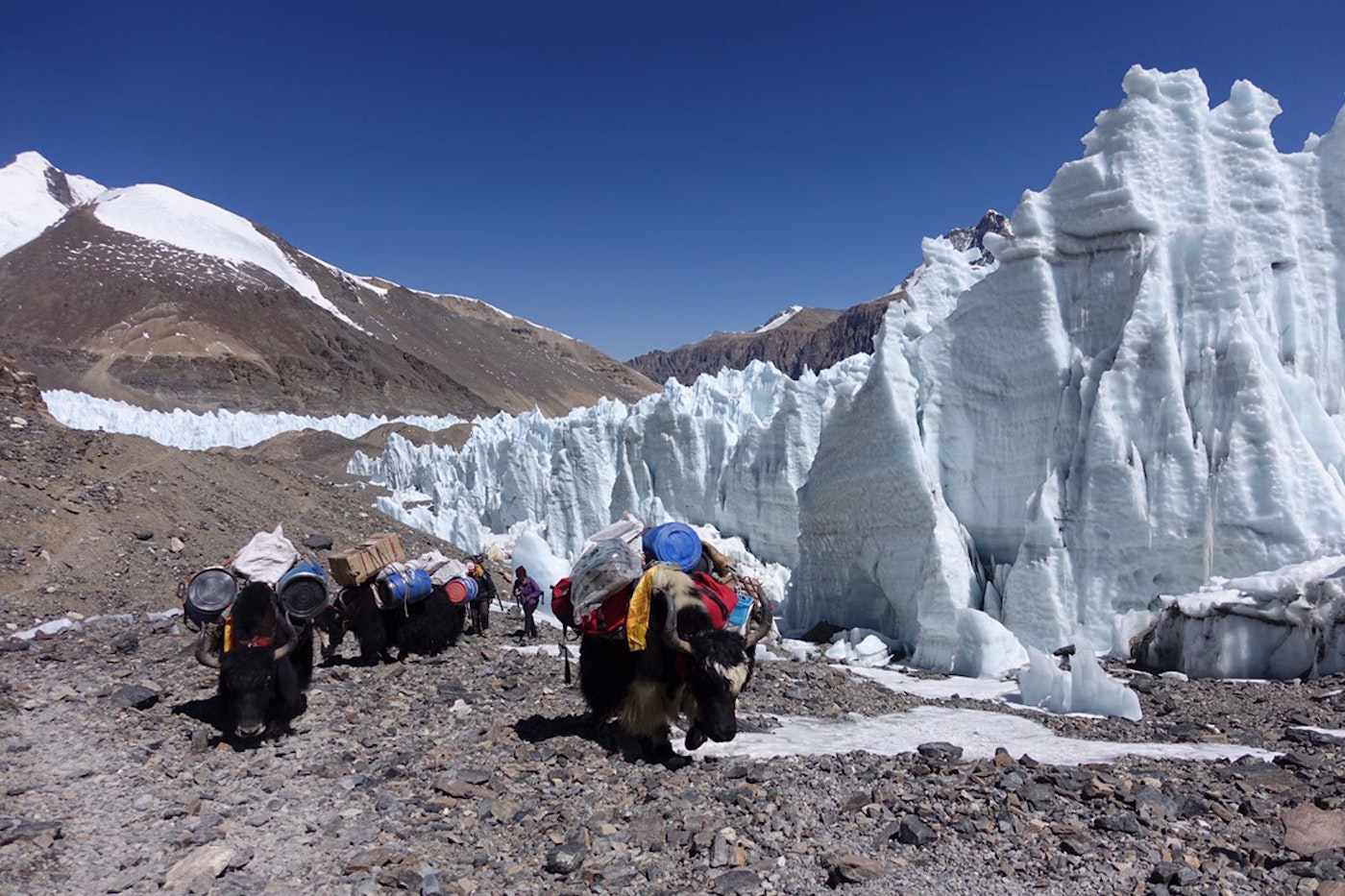
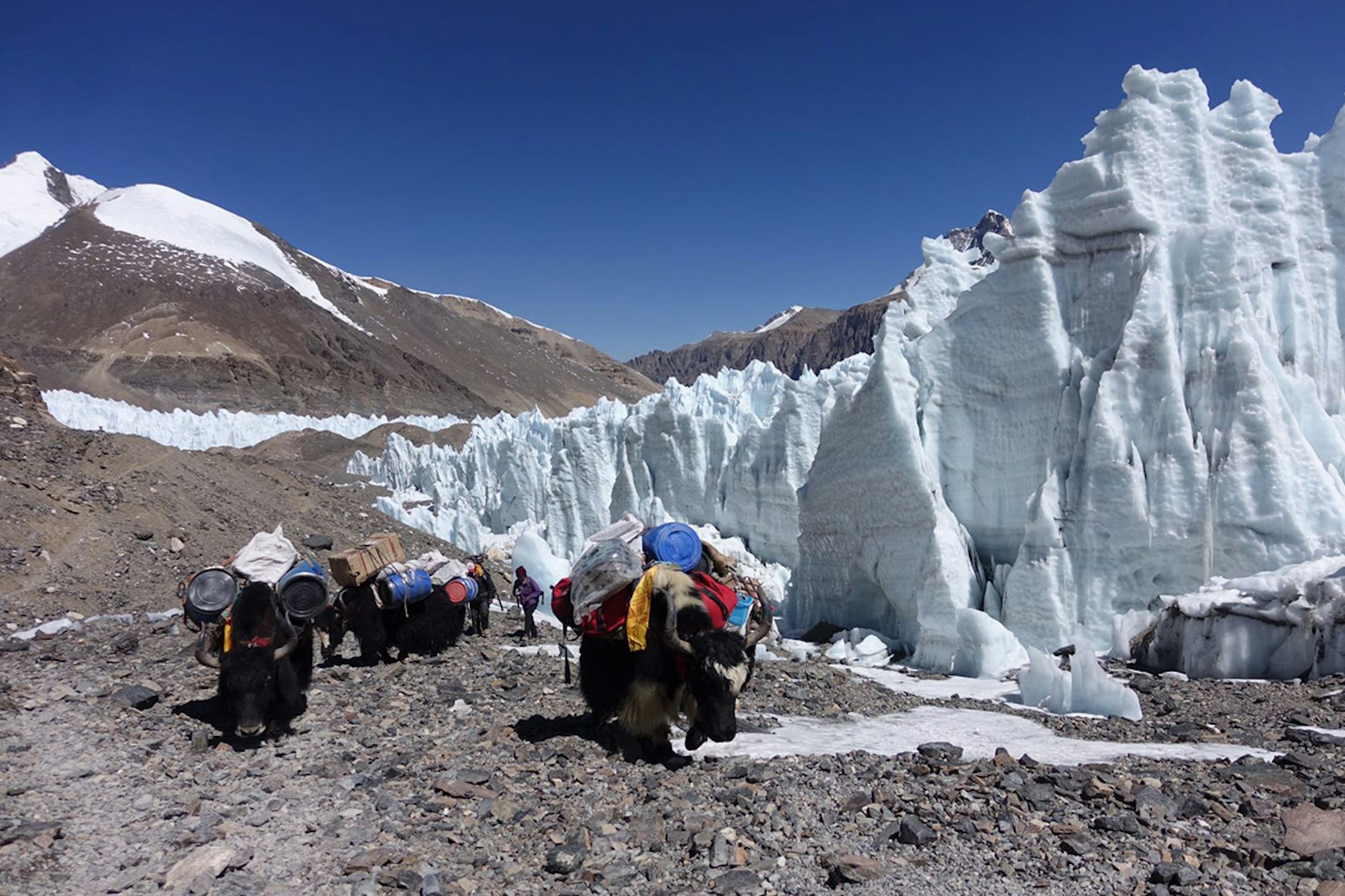
So, the idea has marinated for just about three years now.
BALLINGER: That’s right, and that three years has been partially trying to make all of our schedules come together. I was really focused on Everest without oxygen the last two years; Emily has been really focused on her rock climbing projects the last year and a half. This was the first time that we [all] felt like we could prioritize this project over everything else, to take the whole year to have what it takes, to get the funding together and also training-wise to be in shape for Lhotse.
Walk me through this trip you’re going to take. How will you get there? How long will you be staying on the glacier? What’s the summit push look like?
HARRINGTON: We plan on leaving the end of August, flying to Kathmandu, and spending a few days there organizing. Then, we fly to Lukla, one of the lowest towns in the Khumbu Valley. From there, we’ll trek, pretty quickly, all the way up to Everest base camp, where we’ll spend a few days acclimatizing and trying to ski Pumori, which is a 7,200 meter [23,622 feet] peak just across the way from Everest. Then, the plan is to take a helicopter over the Khumbu ice fall; it’s a little bit controversial that part, basically we don’t want to hire workers to spend time in the ice fall for our own project because it’s super dangerous. It’s a long, convoluted story, but essentially we’re going to fly over the ice fall and spend about three weeks there trying to climb and ski from Camp Two, which will be at 21,000 feet.
And you’re looking at a single-day summit push?
BALLINGER: From Camp Two, we’re planning to put one camp above that—traditionally there’s two. But we’re planning on one at about 23,500 feet, and were planning on going from 23,500 to the summit at 28,000 and back down to Camp Two in one single ski descent.
What do you forsee being the most difficult part of the ascent and the descent?
BALLINGER: For the ascent, the most challenging part will be avalanche conditions and depth of snow. Almost all of the climbing on Lhotse and Everest is done in the spring season—all of the ski attempts that have been done thus far have been done in the spring. The beauty of the spring is that the winter in Nepal is actually quite dry… if you go to the mountains in the spring, it’s usually quite icy, but that means there’s not a lot of avalanche hazards; this makes it great for climbing and there are a lot of teams that are sharing the work.
Over the summer in Nepal, it’s monsoon season, so most of the snow that falls in the Himalaya falls June, July, August, into September. That’s why all of my skiing up to this point, all of my successful skis in the Himalaya have been in the autumn; that’s when there’s a lot more snow covering the cliffs and filling in the couloirs. There’s much better potential ski conditions, but it also means much higher avalanche danger on these big faces and also there’s no other teams on the mountain, so we’ll be alone up there trying to do the work. The highest risk, the most difficult part will be looking at 6,000 vertical feet above us and trying to judge and manage avalanche conditions to get up to the top.
In terms of the descent, about a third of the way down the couloir there’s a really significant pinch. Usually, when climbing the line in the spring, you do a number of rappels to get through this rocky section where the couloir gets almost too narrow; we’re hoping that fills in enough to be at least a ski length wide, but I think what that means is all the skiing above—the first 1,000 feet or so—will be over really significant exposure. That will definitely be the most intimidating or challenging part of the ski.
I hope it fills in, so you can point ‘em and send it down there!
BALLINGER: [Laughs] That would be ideal. What we want is great, stable and packed in conditions, without too much sluffing. The goal is for us to keep our skis on the entire time, if we have to use a rope somewhere, that definitely fits within my style. That’s something that’s really important to acknowledge: if you use a rope on a ski descent to rappel through a section. But my goal is to keep my skis on and use the rope as little as possible. The other big challenge is we’ve really rarely seen the very upper rock pyramid plastered in snow, but it does happen on the top 50 meters. That’s the other big question: can we descend that with our skis on and ski, truly, from the summit? In this world, skiing from the top is very different than skiing 50 meters from the top.
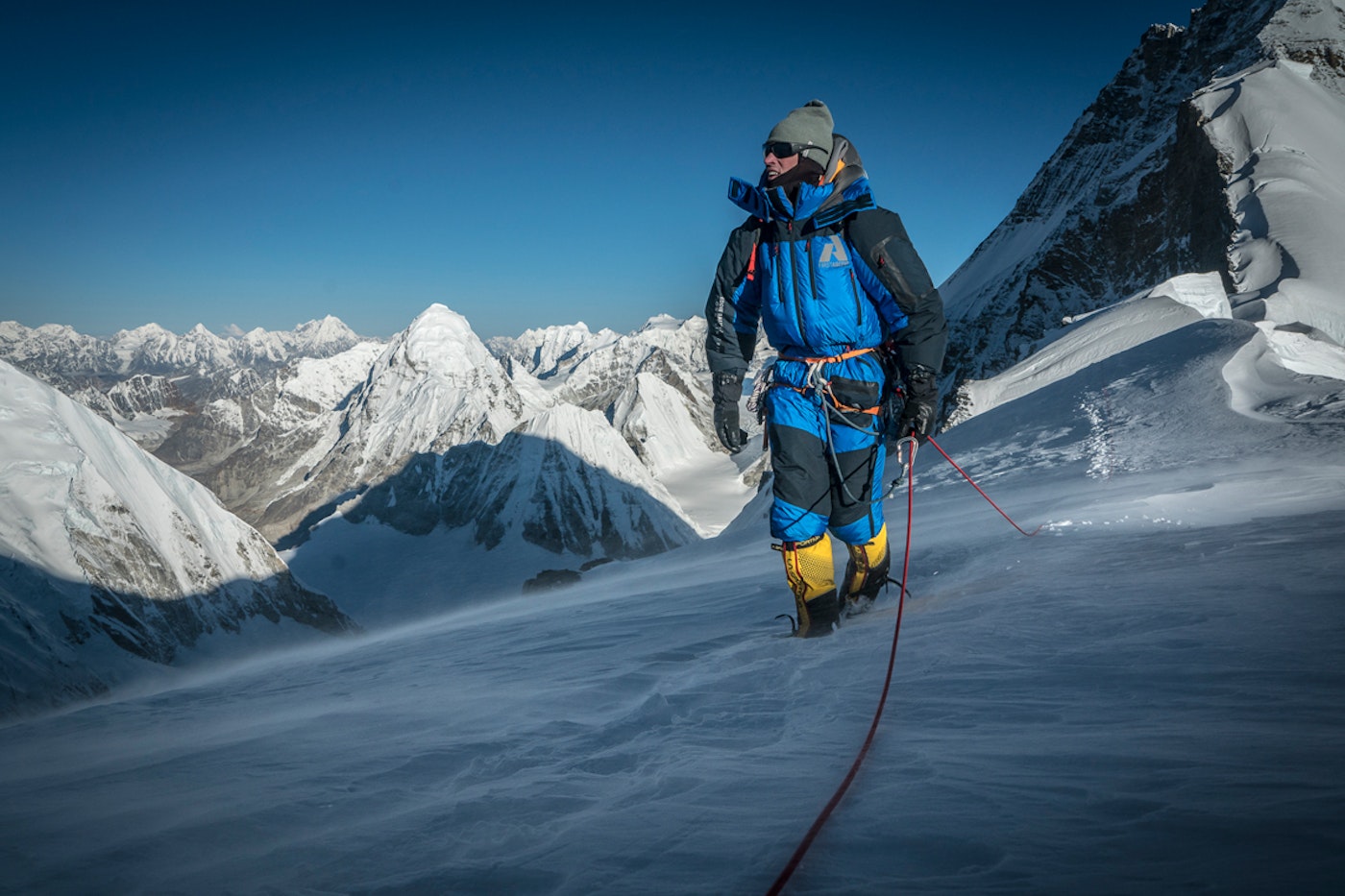
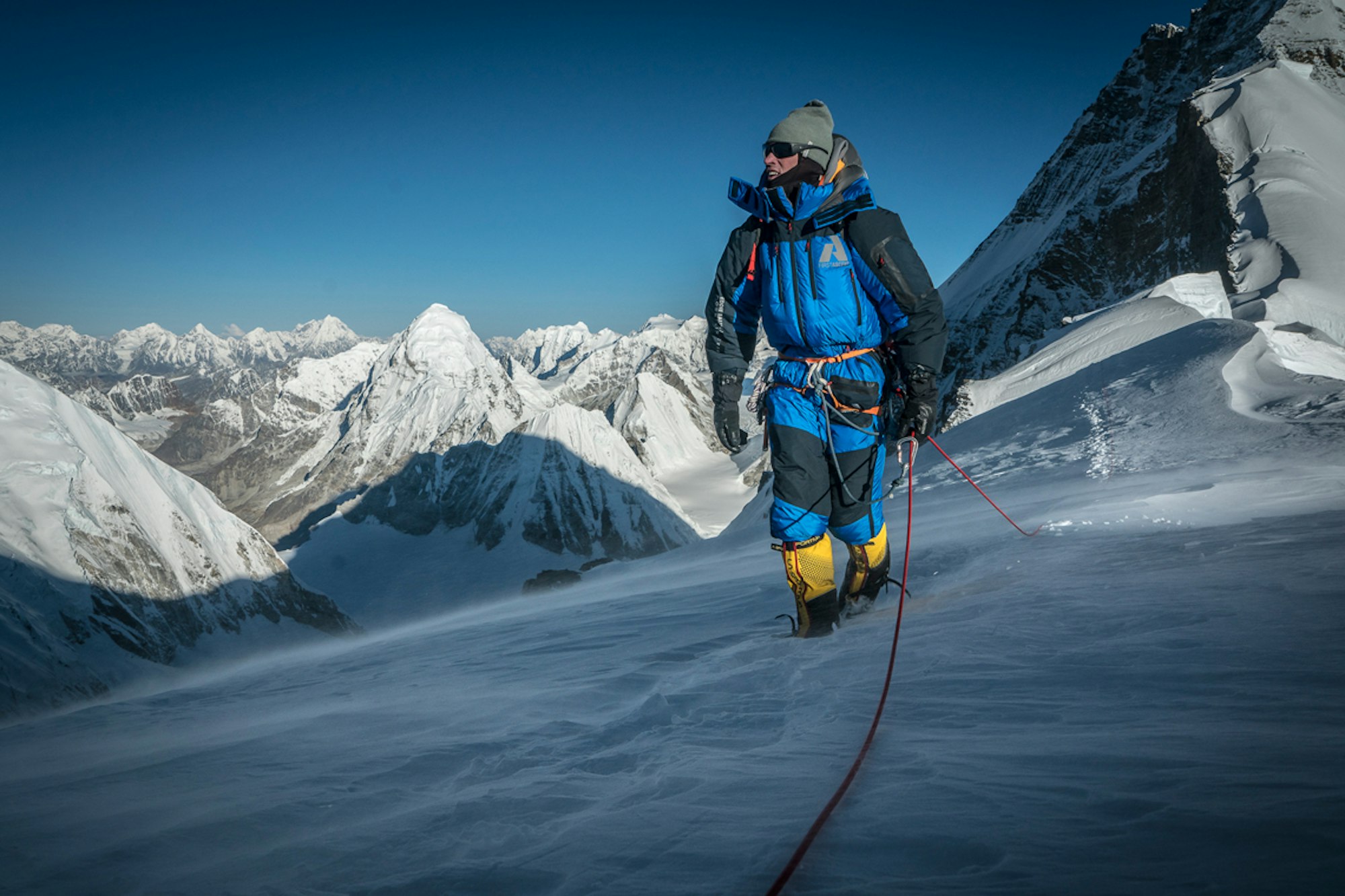
Will the entire team attempt the ski descent?
BALLINGER: Definitely. The goal is for all four of us to ski it. We need the right conditions for that, but all four skiers are really comfortable with a lot of exposure and steep skiing. That’s what Jim and Hilaree have focused on for a lot of their careers. I think we have the right people on the team and hopefully all four of us get to ski the line. We also plan on having a photographer and filmer with us; they will be not skiing, they’ll just be climbing on crampons and possibly, probably, with ropes for quite a few sections.
That’ll be the ultimate party shred, if you can all ski down Lhotse together.
BALLINGER: [Laughs] Except for the extreme nausea and headaches we’ll probably have. That’ll take away from the “party wave” feel. But that’s the goal and that’s one of the neat parts of skiing something this big as a team: It takes a lot of trust in each other and managing each other’s hazards. We’ve all gotta be “on.” We’ve been skiing and climbing together for years as a team and that’s what I’m most excited about, to be with everyone.
Do you plan on release a film or something for us to look forward to?
HARRINGTON: The plan is definitely to have some sort of produced content after the fact, but we’re not entirely sure what that will look like yet.
BALLINGER: We’re currently working with sponsors and media partners. Part of the goal is to do an “Everest No Filter” style, real-time storytelling through Instagram stories and Instagram posts. We also have ESPN on board… and they’re interested in doing a story, so hopefully there will be digital and television production from ESPN.
How does adding Everest No Filter, and, more generally, the social and the digital world, to your expeditions in the mountains affect these experiences?
BALLINGER: There’s lots of good and bad. From my perspective, the good is that the project feels less selfish. It feels like I’m part of a community with people sending questions in real time— we’re able to tell the story and show them exactly what they want to see. I really feel that storytelling is more authentic when has to be instantaneous. When you can wait, even with Instagram, if you wait and post weeks or months later, you choose the glory shots and you’ve kind of chosen the story you want to tell. When it’s happening in real time while your out suffering on the mountain, it just feels really different. That’s the good of it. The bad of it is it takes a lot of time—like hours everyday to upload through satellite internet—and it just adds a stress on the team, it’s just one more job when it already feels like you’re doing a lot up there.
In a way, you pioneered this type of real-time social media storytelling.
BALLINGER: The wild thing we found when doing Everest No Filter is that we ended up with hundreds of classrooms following us, asking questions; different teachers did different things, asking about geography, geology, culture—and that just felt so cool. It was something we never anticipated happening and I think part of that is really the storytelling style: It’s not long, it’s just a few minutes out of the day and kids get it, they really connect to real-time social media.
It’s amazing that you can have an educational aspect to this, while being so many miles away from civilization. It touches on your thought about how social media makes the trip feel less selfish. There’s all kinds of things to teach.
HARRINGTON: We live these lives that feel relatively selfish. We get to go and have these amazing opportunities and do these rad things, so I feel it’s our responsibility at this point to tell the story of what we’re doing and to impact people. Whether that’s classrooms or getting people to think more about the environment and the outdoors, we have that responsibility at this point as athletes and ambassadors. It’s really not just about going out climbing and skiing.
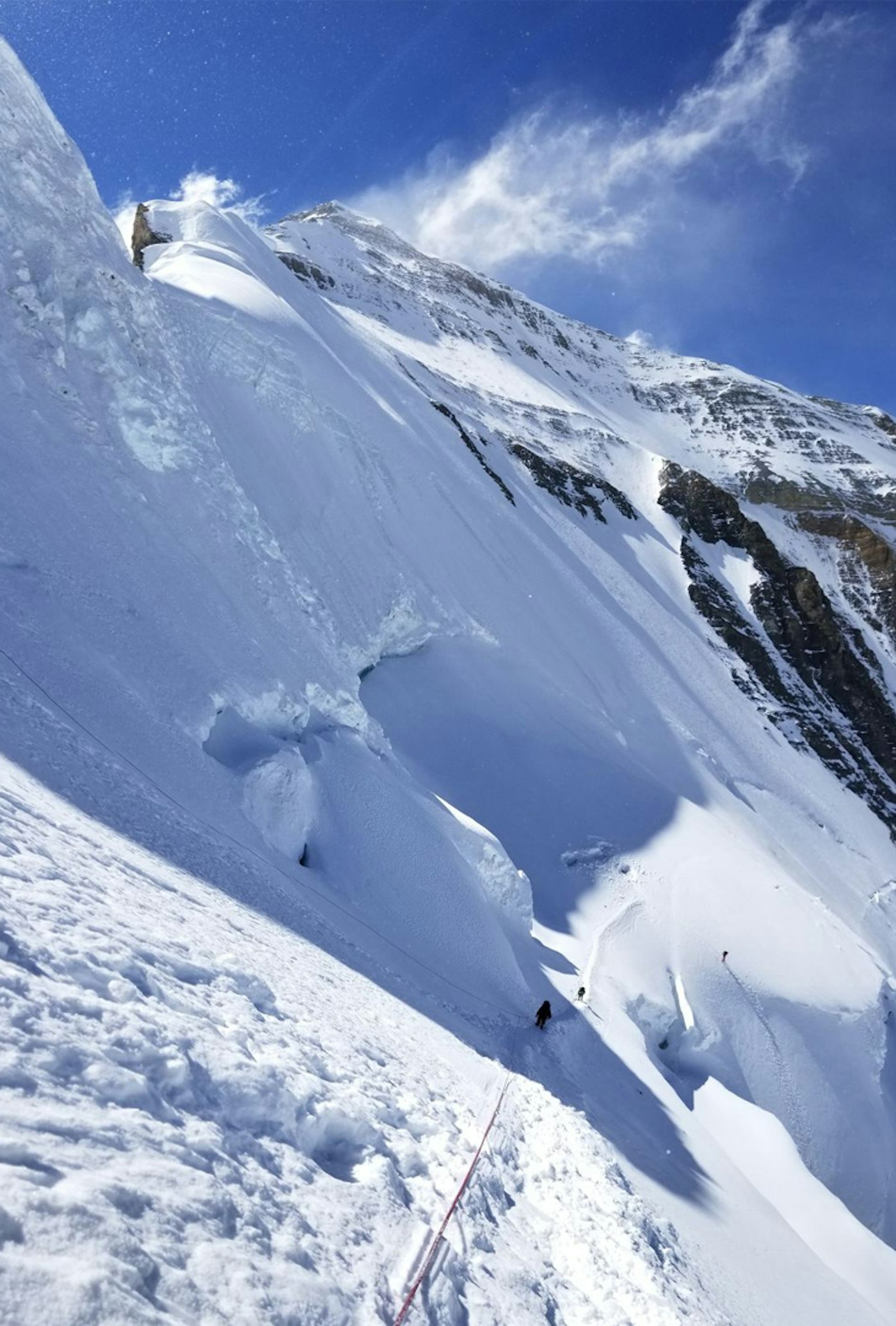
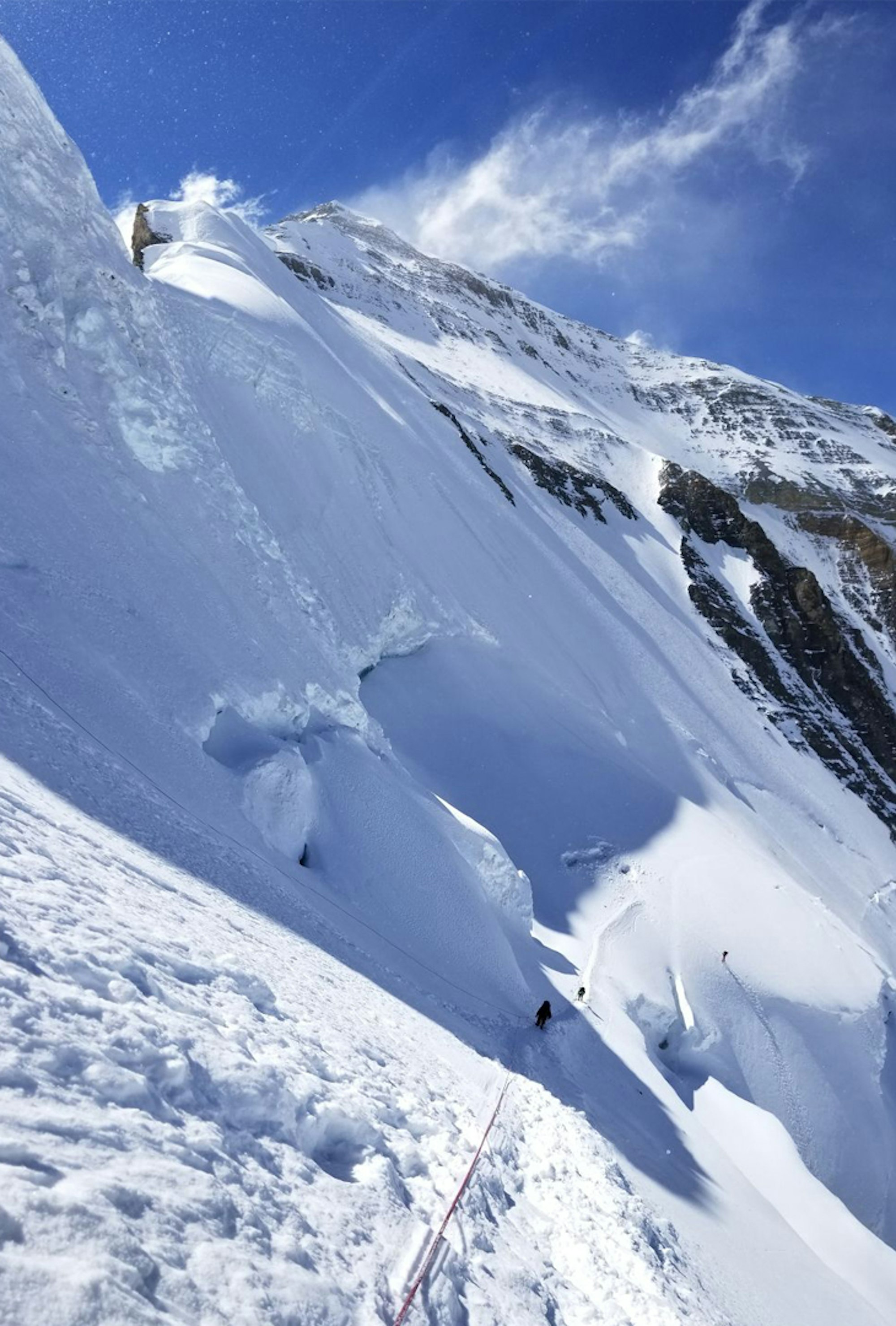
For our gear-hungry readers out there, which skis and boots will you rely on during this trip?
BALLINGER: [Emily and I] will both be on Blizzard skis and Tecnica boots and so will Jim. Hilaree is in negotiations right now and we’re hoping that we’ll be an all Blizzard/Tecnica team. Blizzard’s new Zero G line of backcountry skis—I really think they excel at this type of skiing. They tend to be lightweight, but a lot of lightweight skis tend to lose their skiability, especially on terrain where you need a lot of confidence. In the big mountains, I ski on the Zero G 95; they’re stiff and can handle really firm snow, but still lightweight enough to carry ‘em up to the top.
People often find the whole boot thing interesting because we’re dealing with really extreme cold and ski boots aren’t known for dealing with extreme cold. So what we do is we take Tecnica Zero G Tour Pro boot and add a Lenz heated sock—a really phenomenal brand that’s created a flexible battery in a great ski sock—that allows us to have warmth internally. Then, we surround the ski boot with a 40-degree-below neoprene overboot that lets you clip into our Dynafit tech bindings to [retain more] warmth. Another thing we do is upsize our boots by one full size [to help with our circulation], which takes a bunch of practice to get used to.
Before I let you go, how does this trip stand out to you? What is it about the “Dream Line” that beckons?
HARRINGTON: For all of us, it’s one of the most audacious and complicated, in basically every way, kind of trips any of us will ever do. Also, coming from a rock climbing background… as I’ve gotten more involved in mountaineering and ski mountaineering trips, you realize that you have to learn how to work with and interact with people in a very intense way. For Adrian and I, it will be an intense trip, but also really rewarding. But we definitely have our work cut out for us.
BALLINGER: For me and in my world, this trip stands out because I’ve been trying to climb and ski 8,000-meter peaks now for a few years and I’ve been successful on two but failed on a couple. On almost all of them, and even when I think about [the recent descent of] K2, its almost like you’re trying to figure out a way to link together unnatural ski terrain to descend. Often times, climbing routes are on ridges or there are a lot of cliff bands that you have to deal with or seracs; they tend to not be continuous lines. And that’s the difference with Lhotse—the reason we’re calling the project the “Dream Line” is that if you saw this anywhere as a skier, whether it’s Jackson Hole or Chamonix, a 6,000-foot line that you literally don’t have to deviate right or left, you just go down on this huge face. It just feels so different and it totally excites me.
Follow the entire expedition on social media via Everest No Filter.

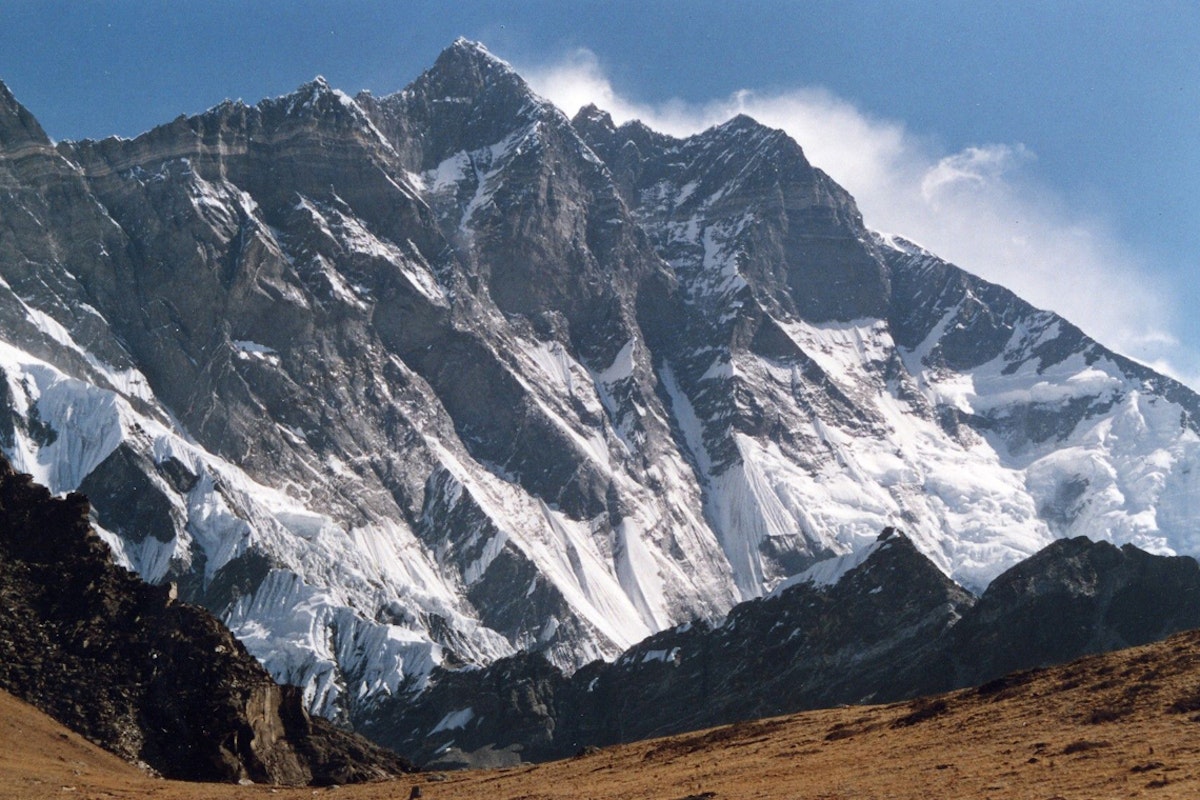
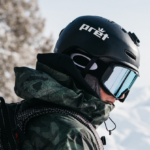


![[GIVEAWAY] Win a Head-to-Toe Ski Setup from IFSA](https://www.datocms-assets.com/163516/1765920344-ifsa.jpg?w=200&h=200&fit=crop)
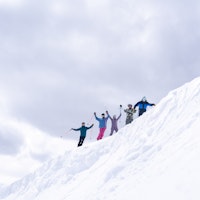
![[GIVEAWAY] Win a Legendary Ski Trip with Icelantic's Road to the Rocks](https://www.datocms-assets.com/163516/1765233064-r2r26_freeskier_leaderboard1.jpg?auto=format&w=400&h=300&fit=crop&crop=faces,entropy)
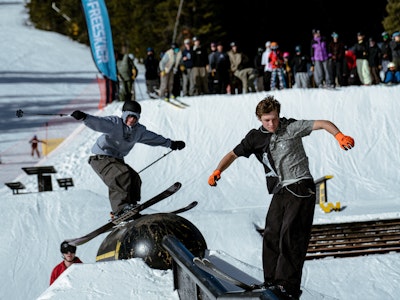




![[GIVEAWAY] Win a Head-to-Toe Ski Setup from IFSA](https://www.datocms-assets.com/163516/1765920344-ifsa.jpg?auto=format&w=400&h=300&fit=crop&crop=faces,entropy)

